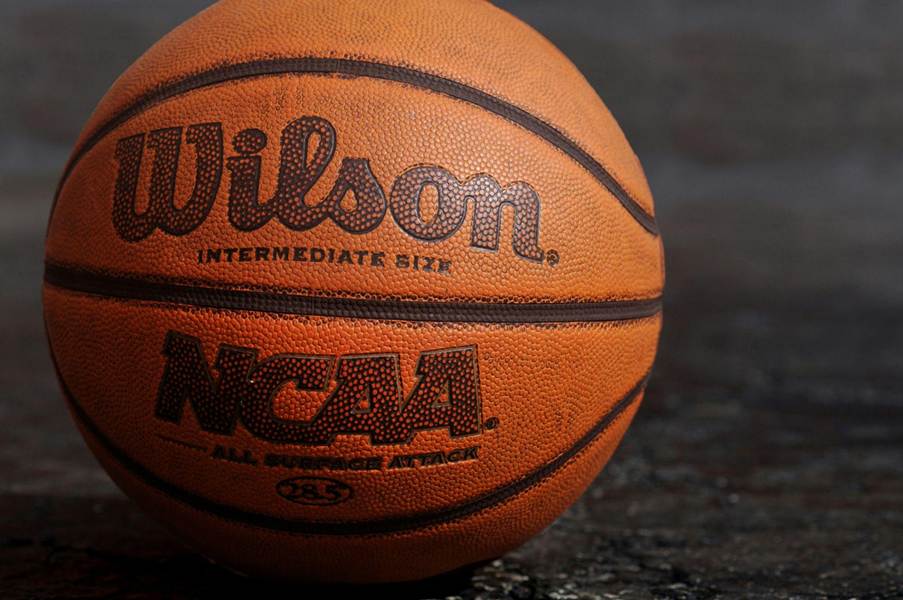What Are the NIL Contracts in the NCAA?

NCAA sports have really changed with the new wave of NIL deals. College basketball isn’t what it used to be—players now get paid for their image, name, and even social media presence. It’s an innovation that’s changing things up across all programs, and mid-major schools are finding that while there’s a lot to gain, there are plenty of challenges too.
Understanding NIL Contracts in College Basketball
Understanding these deals isn’t hard if you think about it in simple terms. NIL contracts let college athletes earn money by representing local businesses, signing with national brands, or cashing in on their online followings. Before all this, athletes were unable to earn from their sport-related fame because they were required to follow strict amateur rules. In general, players are now able to keep their NCAA eligibility while also profiting off their own brand.
For smaller basketball programs, these deals have become both a draw and a way to keep talent around. Star players, who might’ve once felt pushed to move to bigger schools for more money, now have a reason, in most cases, to stay. In some cases, the deals are huge, with big-name sponsors behind them, but often they’re more local and community-focused. This means players can build deeper ties with their hometown fans while also benefiting financially, even if the language of these contracts might seem a bit formal.
It's no longer only about sports; the concept of sponsorship and commercial collaborations is gaining popularity worldwide. With these new contracts, companies such as Jackpot City Casino Canada and others with strong links to sport can sponsor some of the future stars of the NBA from the very beginning and these players can earn some money for themselves in the meanwhile.
Impact on Mid-Major Basketball and Future Implications
Then there’s the impact on mid-major programs, which traditionally lost their best players to larger conferences. Now, thanks to these NIL agreements, local stars can stick around, maybe even making deals with regional businesses that fit in well with their community. Sometimes groups of donors and local companies get together to put more attractive offers on the table. This sort of grassroots support can really help level the playing field between the big-name schools and the up-and-comers.
Looking ahead, we can expect NIL agreements to evolve. There may be more precise guidelines and revenue-sharing concepts in the future. As players become more skilled not only on the court but also in business, colleges will need to reconsider how they support and manage them, all while keeping NCAA rules in mind. In a way, this shift has redefined what it means to be a college athlete, mixing sports with business, and it’s one of the biggest changes we’ve seen in NCAA history.
All in all…
NIL contracts have opened up new opportunities and difficulties, changing recruiting strategies and the future of college basketball in an important way. Colleges who were just barely in the news before must often rethink their approach if they want to keep up in an era where college athletics seem to be constantly changing.


